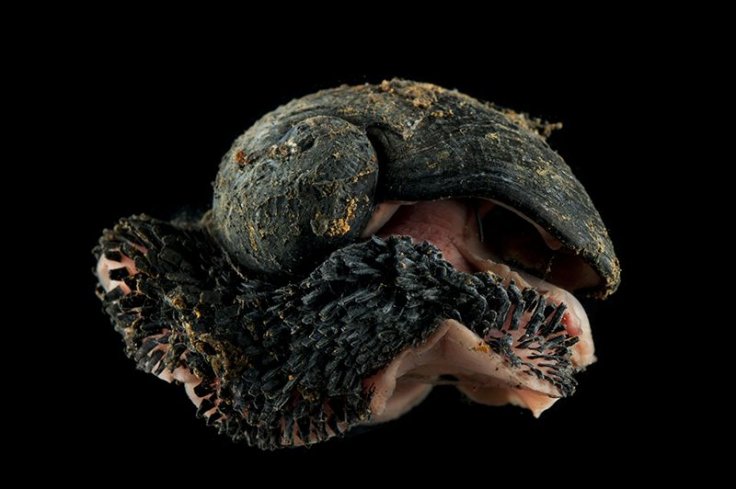
China has pioneered deep-sea mining in the Indian Ocean with the UN approval but biologists have realized that it is leading to extinction one of the most prized creatures underneath that depends on iron coating.
The scaly-foot snail (Chrysomallon squamiferum) snail that lives near hydrothermal vents on the ocean floor east of Madagascar has become the first deep-sea animal to be declared endangered because of the threat of mining.
The International Union for Conservation of Nature (IUCN) added the snail to its Red List of endangered species on 18 July, 2019, at a time when several multi-national companies are rushing for exploratory mining licenses in the Ocean.
"This is an important step towards alerting policymakers to the potential impacts deep-sea mining may have on biodiversity," says Lisa Levin, a biologist at the Scripps Institution of Oceanography in La Jolla, California.
The scaly-foot snail is found at three hydrothermal vents in the Indian Ocean, and they occupy merely an area of the size of two American football fields, explains another scientist Julia Sigwart from the Queen's University Belfast, UK.
Two of the three vents are currently under mining exploration licences. Just one vent is enough to destroy the habitat, says Chong Chen, a deep-sea biologist and Commentary coauthor at the Japan Agency for Marine-Earth Science and Technology in Yokosuka.
The commentary has been published in the journal Nature Ecology & Evolution on 22 July, 2019.
For decades, mining companies have been engaged in identifying the deposits in minerals and metals that form near hydrothermal vents. When the hot, mineral-laden water from a vent mixes with cold seawater, it deposits materials, such as manganese and copper, on the ocean floor. Collecting these deposits is now made economically feasible with advanced technology.
But full-scale mining requires the UN arm International Seabed Authority (ISA) permit and the agency is currently formulating a code of conduct, which it hopes to implement by 2020. "There's currently debate over whether environmental guidelines will be mandatory or just recommended," Levin said.
Brushing aside the extinction argument, Holly Niner, who studies ocean environmental policy at Aalborg University in Denmark, says it's too early to say the mining will affect endangered animals. "Hopefully regulatory officials and industry will protect vulnerable areas and direct mining operations to less sensitive habitats," she says.
Sigwart and Chen insist that it's a good time to raise awareness of the vulnerability of hydrothermal-vent ecosystems and getting the scaly-foot snail on the Red List is the first step.









